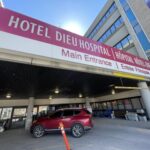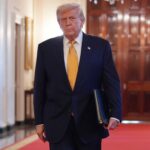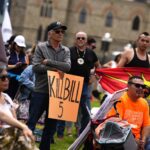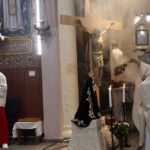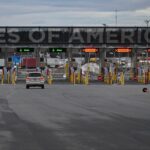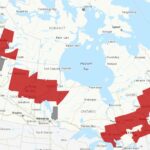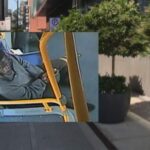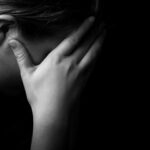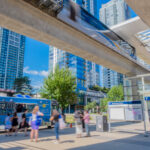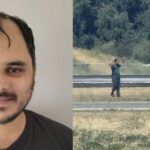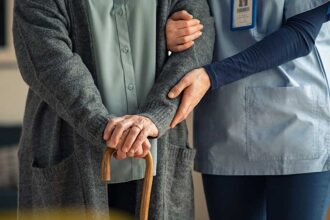In a powerful demonstration of cultural recognition and healing, Kingston’s South East Health Unit has unveiled a striking new art installation designed to amplify Indigenous voices and perspectives within the healthcare system. The initiative marks a significant step toward reconciliation and represents a growing awareness of the need for culturally responsive health services in the region.
The collection, which features works from local Indigenous artists, transforms the clinical environment into a space where traditional knowledge and modern medicine converge. Walking through the health unit’s corridors, visitors now encounter vibrant pieces that tell stories of resilience, healing practices, and connection to the land—elements long overlooked in conventional healthcare settings.
“These artworks aren’t merely decorative; they’re educational tools that help bridge understanding between Indigenous communities and healthcare providers,” explains Dr. Sarah Thompson, Medical Officer of Health for the Kingston region. “Many of our staff have reported that the art has sparked meaningful conversations with patients about traditional approaches to wellness.”
The initiative emerged from ongoing consultations with local First Nations communities, including representatives from the Mohawks of the Bay of Quinte and Algonquin nations. Elder Raymond Kinoshameg, who blessed the installation during its unveiling ceremony, emphasized the therapeutic value of seeing one’s culture reflected in healthcare spaces.
“When our people walk into these buildings, they often carry generations of trauma related to institutional settings,” Kinoshameg noted. “Seeing our art, our symbols, our stories on these walls—it sends a message that this is a place where our ways of knowing are respected.”
The CO24 News team has learned that funding for the project came through a special provincial grant aimed at improving Indigenous health outcomes across Ontario. Data from CO24 Canada News suggests that similar initiatives have been associated with increased healthcare utilization among Indigenous populations, who have historically faced barriers to accessing medical services.
The artwork includes a central mural depicting the medicine wheel, traditional botanical illustrations of healing plants, and contemporary pieces addressing the ongoing impacts of colonization on Indigenous health. Each piece is accompanied by educational text in both English and Indigenous languages.
For healthcare professionals, the installation serves as a daily reminder of their commitment to cultural safety. Dr. Michael Reyes, who specializes in Indigenous health at Kingston General Hospital, told CO24 Politics, “This isn’t just about beautiful art—it’s about transforming a system that has often failed Indigenous people. These visual representations help practitioners reflect on how we can better incorporate traditional knowledge into our practice.”
The initiative comes at a crucial time when CO24 World News reports increasing global recognition of Indigenous rights to health and self-determination. The Truth and Reconciliation Commission’s Calls to Action specifically address the need for healthcare systems to acknowledge the impacts of colonization and residential schools on Indigenous health outcomes.
Community response has been overwhelmingly positive, with many Indigenous patients expressing appreciation for the visual acknowledgment of their cultural identity. Lisa Maracle, a local resident who recently visited the health unit, described feeling “seen for the first time” in a healthcare setting.
“I’ve spent my life feeling invisible in these institutions,” she said. “Today, I saw my grandmother’s beading patterns on the wall as I waited for my appointment. It brought tears to my eyes.”
Health unit administrators are already documenting the impact of the installation, with preliminary findings suggesting improved patient experiences and engagement. The initiative has caught the attention of other healthcare facilities across Ontario, with several expressing interest in developing similar projects.
As Kingston continues to navigate the complex journey toward reconciliation, this artistic intervention raises an essential question for our communities and institutions: How might we continue to transform spaces of healing to honor diverse ways of knowing and being in the world?



